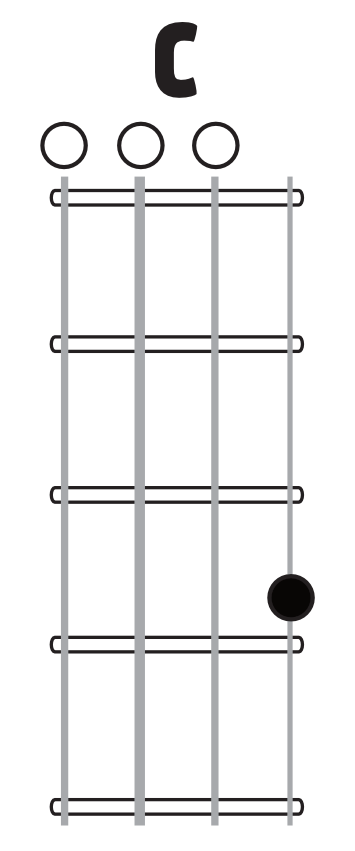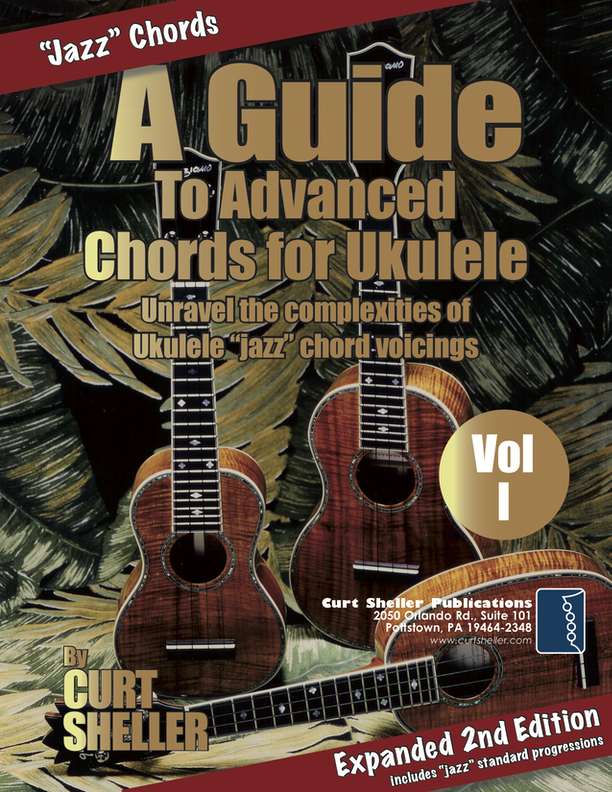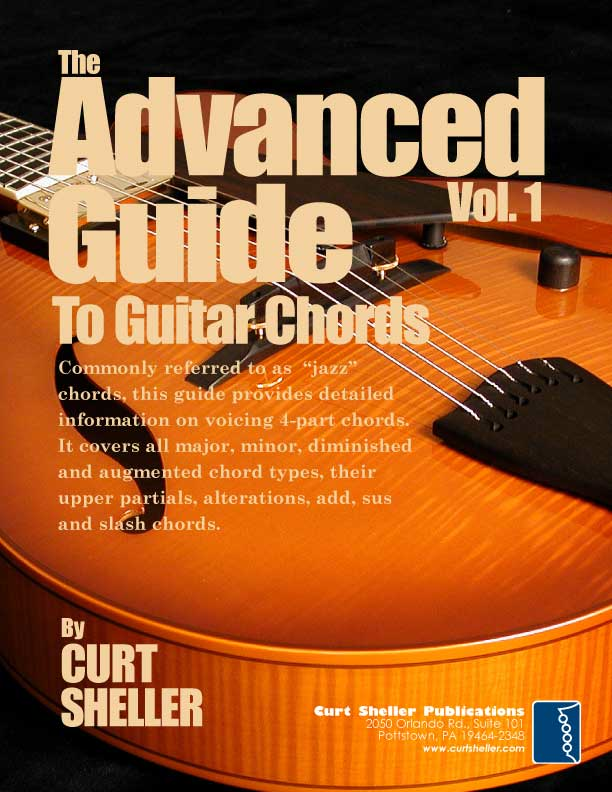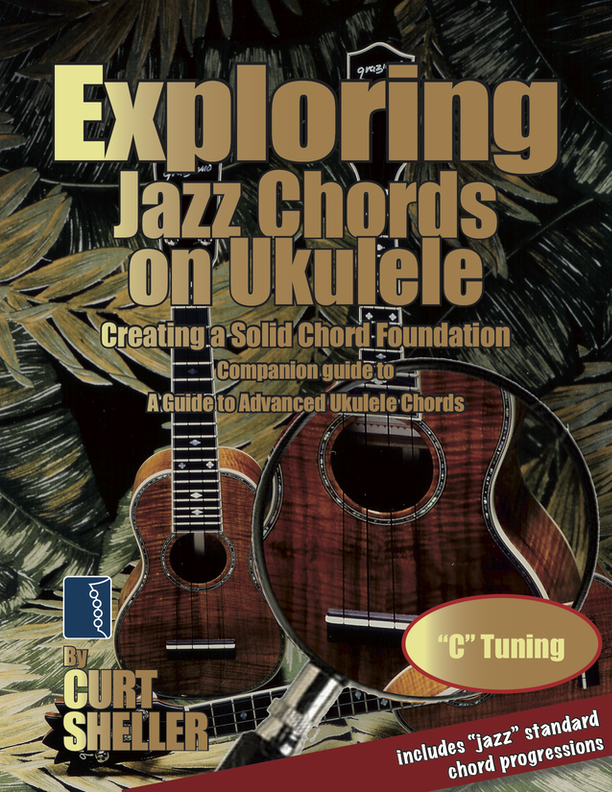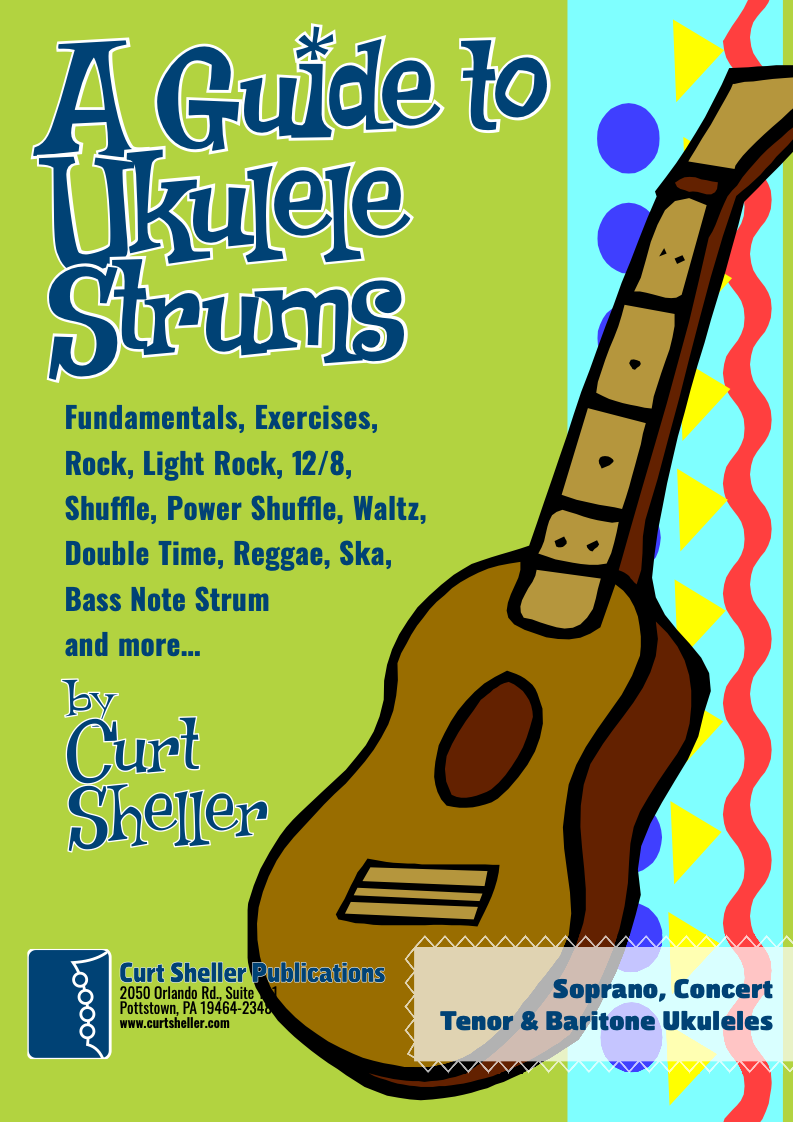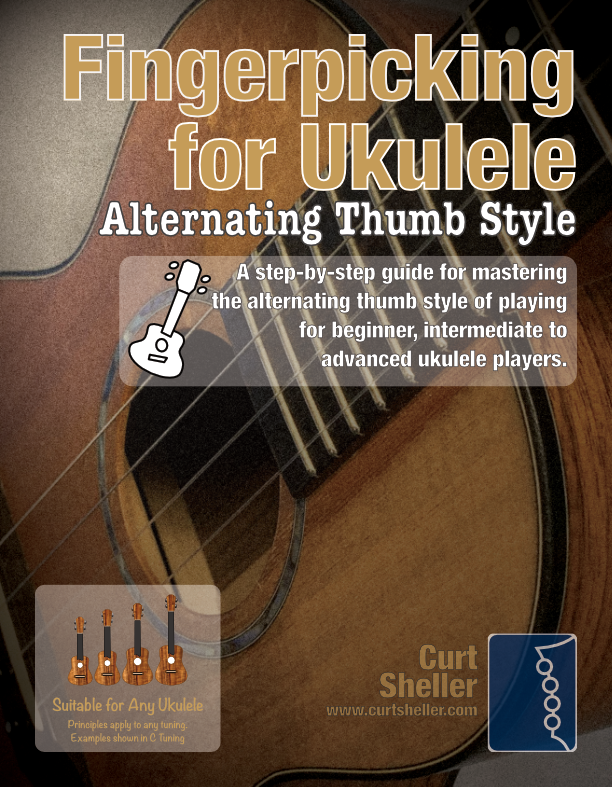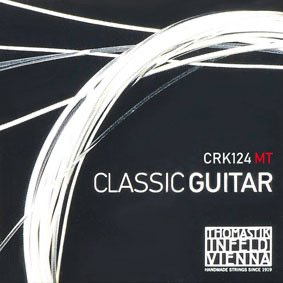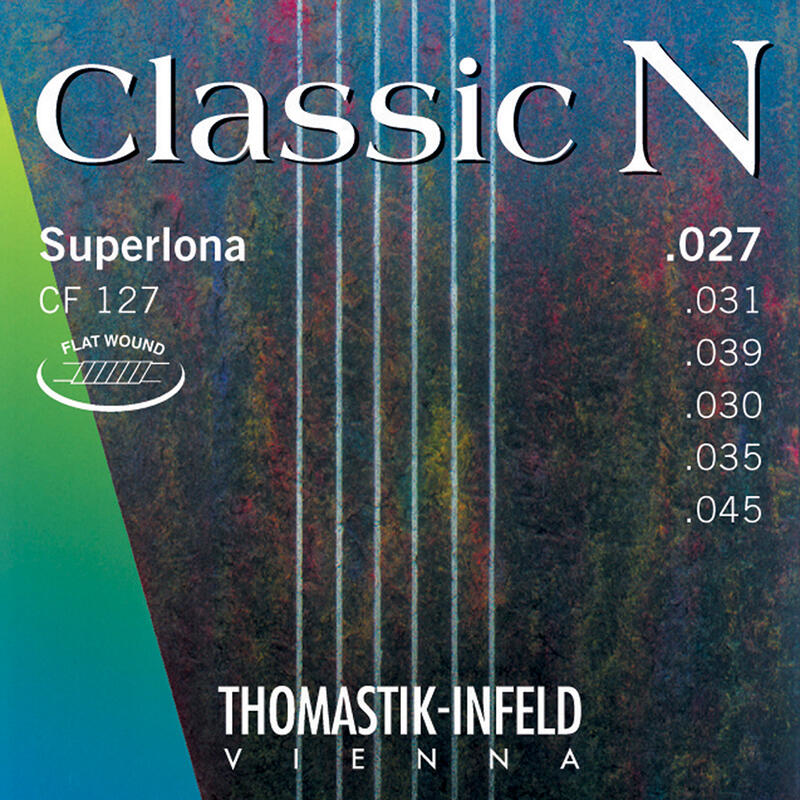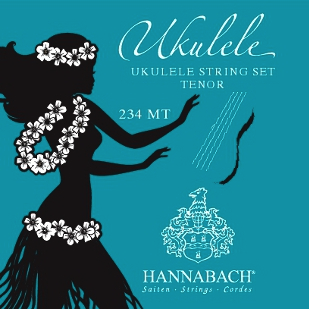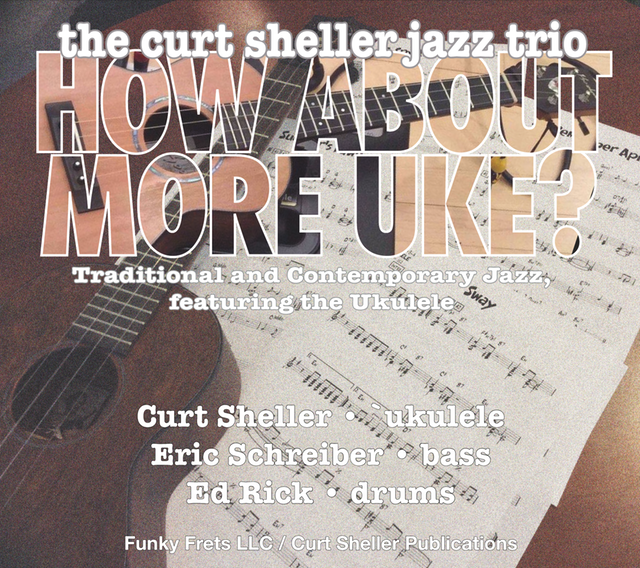Share Consider Yourself
on:
Bluesky
•
facebook
•
twitter (X)
Consider Yourself
Harmonic Analysis (RMA) Worksheet for the song: Consider Yourself.
Consider Yourself
Released: 1960 original West End and Broadway musical Oliver!
Consider Yourself is a song from the 1960 original West End and Broadway musical Oliver! and the 1968 film of the same name. It was introduced on Broadway by Davy Jones and the ensemble. In the 1968 film version, it is performed in the market and led by Jack Wild's Artful Dodger. In all versions, Dodger sings it when he first meets Oliver, after offering to get the destitute and alone boy food and lodging. Lyrically, it is an enthusiastic gift of friendship from Dodger and his as-yet-unseen gang to Oliver, assuring him warmly he can consider himself "our mate" and "one of the family" as "it's clear we're going to get along". The 1968 film builds it to a spectacular extended song-and-dance routine involving the street crowd, market workers, policemen and chimney sweep boys. (wikiwand) ·
This song was sung in the 1969 premiere episode of Sesame Street.
(wikiwand) ·In 1977, the song was sung by The Muppets on the seventh episode of the second season of The Muppet Show to its guest star Edgar Bergen and his dummy, Charlie McCarthy. (wikiwand) ·

Consider Yourself is in the The Daily Ukulele
— 365 Songs for Better Living book.
Strum a different song every day with easy arrangements of 365 of your favorite songs in one big songbook! The Daily Ukulele features ukulele arrangements with melody, lyrics and uke chord grids and are in ukulele-friendly keys that are particularly suited for groups of one to one hundred to play and sing.
Chords
Theses and many other chords are covered in the Learn A Chord A Day series of lessons.
C Tuning Chords















Starting Melody Note and 1st Interval

C Tuning, Low or High G
INTERVALS: Root=note that begins a scale of the starting key; C is C, D is D, Am is a, Em is E, etc... m=minor; M=Major; P=Perfect; D=Diminished; A=Augmented. • ↑ is up/ascending; ↓ is down/descending;
Harmonic Analysis (HA)
A Harmonic Analysis (RMA/HA) and its worksheet are intended to show the function of the chords, the harmonic principles used, the keys and tonalities the song explores. And, can be used for scale selections and chord and scale substitutions.
A Harmonic Analysis Worksheet is NOT intended to be a leadsheet
and minimal roadmap information such repeats, fines, D.S., D.C., codas have been used in preparing the worksheets to somewhat mirror the leadsheet in the Daily Ukulele book..
Sections, Verse, Chorus, 1st, 2nd Ending, turnbacks …
The worksheets will show 1st, 2nd Ending, turnbacks, etc. as in indicated the Yellow Book
. You should start to recognize that 1st endings typically always return to a previous or 

If turnbacks chord are not indication for the these 1st, 2nd Ending will indicate recommended chord(s) in parentheses or as an alternate harmony in Red . Typically the last measures or turnbacks will be a chord that resolves to and harmonically leads you to the next section or turning you back to the same section.
Reference Key
This is the key of the source leadsheet.
Harmonic Principles Used:
- Full Diatonic
- Partial Diatonic • Full Diatonic includes Secondary Dominant chords
- Internal Modulation
- Chromatic
Harmonic Analysis (HA) Worksheet
Visit the Harmonic Analysis for Scale and Chord Selection series of lessons for information on creating a Harmonic Analysis Worksheet
E Mix-2-6
G#dim is a Disguised Secondary Dominant Chord — it's really a VI7 (V of II)
III7
( V of VI)
B Mix-2-6
1., 2.
II7
(II V of V)
B Mix-2-6
A Mix
D#dim is a Disguised Secondary Dominant Chord — it's really a III7 (V of VI)
VI7
( V of II)
E Mix-2-6
VI7
( V of II)
E Mix-2-6
VI7
( V of II)
D Dorian
E Mix-2-6
Nashville Number System (NNS)
Nashville Numbering System always uses four bars/measures per line, no bar lines, and default is each number of the number of beats per bar/measure based on the time signature. If multiple chords in same bar then they are underlined. It can be as simple as convert the Roman Numerals above to Arabic number.
Scale Selection
Once a Harmonic Analysis has been completed then scale selections can be made. These scale selections can be either vertical and horizontal choices. And, really only needed if you are going to take a solo or embellish the melody with added notes.
Scale Abbreviation Legend
Traditional Scales:
Maj: Major (Ionian),
Dim: Diminished,
WT: Whole Tone,
Har Min: Harmonic Minor,
Contemporary Scales:
Minor Pent: Minor Pentatonic,
Pent: Major Pentatonic,
Blues,
Scale/Mode Names:
Ion: Ionian (Major),
Dor: Dorian (Minor),
Phrygian: Phrygian,
Lyd: Lydian,
Mix: Mixolydian (Dominant),
Aeol: Aeolian (Natural Minor),
Loc: Locrian
Checkout LESSONSeries : Harmonic Analysis for Scale and Chord Selection or download the Harmonic Analysis for Scale and Chord Selection book. And the QuickStart Series of Scale and Arpeggio books.


Performance Notes
Links & Resources
Sign-IN — it's FREE — to view, un-blur any additional content for this lesson.
End of Lesson - Thanks, Hope You Enjoyed It!
Related Lessons, Videos, Lesson Series, Songs, Books & Reference Charts, Resources & Assets, Workshops are below.
